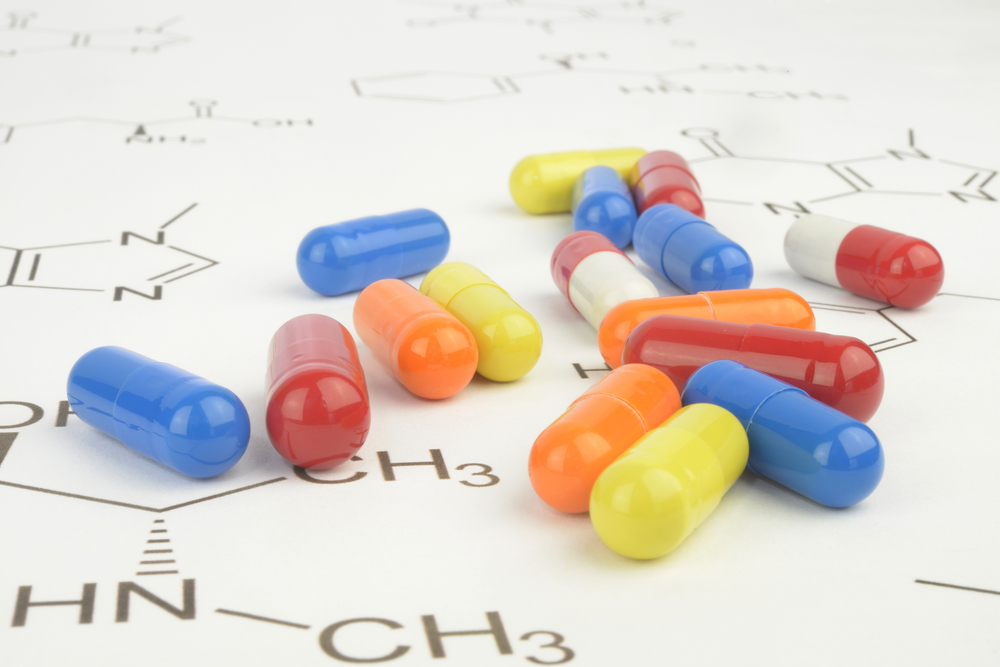People with Gaucher Disease Type 1 Often Taking Drugs for Range of Illnesses, Study Finds

Researchers investigated the range of associated conditions in patients with Gaucher disease type 1, the drugs prescribed to treat them, and their potential for drug-drug interactions with GD specific therapies using data. The findings, based on information from the U.S. and Germany, point to an extensive number of comorbidities and prescribed drugs given these patients, especially those in the U.S., and the need to reduce the risk of drug-drug interactions.
The review study, “Comorbidities and pharmacotherapies in patients with Gaucher disease type 1: The potential for drug–drug interactions,” was published in Molecular Genetics and Metabolism.
Two types of treatment are approved for patients with Gaucher disease, enzyme replacement therapy (ERT) and substrate reduction therapy, both aiming to relieve symptoms, prevent irreversible bone changes, and improve quality of life.These patients may also require other medicines to manage symptoms or treat related illnesses.
Additional drugs increase the risk of drug-drug interactions (DDIs). Clinical assessment of potential DDIs focuses largely on a drug’s metabolism in the liver, which heavily relies on the cytochrome P450 (CYP) family of enzymes. When two or more drugs are prescribed, an increased potential for unwanted DDIs exists because the rate at which drugs are processed by these enzymes changes, altering systemic exposure.
The researchers conducted a literature review and analysis of two GD drug prescription databases, one involving 87 patients in Germany and the other in 374 patients in the U.S., all treated with ERT. The review identified a series of comorbidities reported in these GD1 patients — neurological disorders such as Parkinson’s disease and epilepsy, immunological disorders such as acute rheumatic fever, and metabolic disorders such as type 1 and type 2 diabetes. Malignancies, such as hematological cancers and solid tumors, and cardiovascular disorders were also reported.
In total, patients in Germany received 86 different medications, with an average of 3.2 prescriptions per person, while those in the U.S. had 329 different drugs or 7.0 co-medications per person. The most frequently prescribed drugs were analgesics, antibiotics, and hypertension/cardiovascular drugs. A large number of these medications were substrates of the assessed CYP isoenzymes: 20% and 57% of U.S. and German patients, respectively, were prescribed moderate-to-strong inhibitors of CYP isoenzymes.
“The potential impact of concomitant medications on hepatic drug metabolism pathways may complicate clinical decision-making; GD1 therapy should be optimized for each patient based on their individual circumstances. Concomitant medications and routine monitoring of DDIs and adverse effects associated with polypharmacy should be considered on an ongoing basis,” the researchers concluded.


